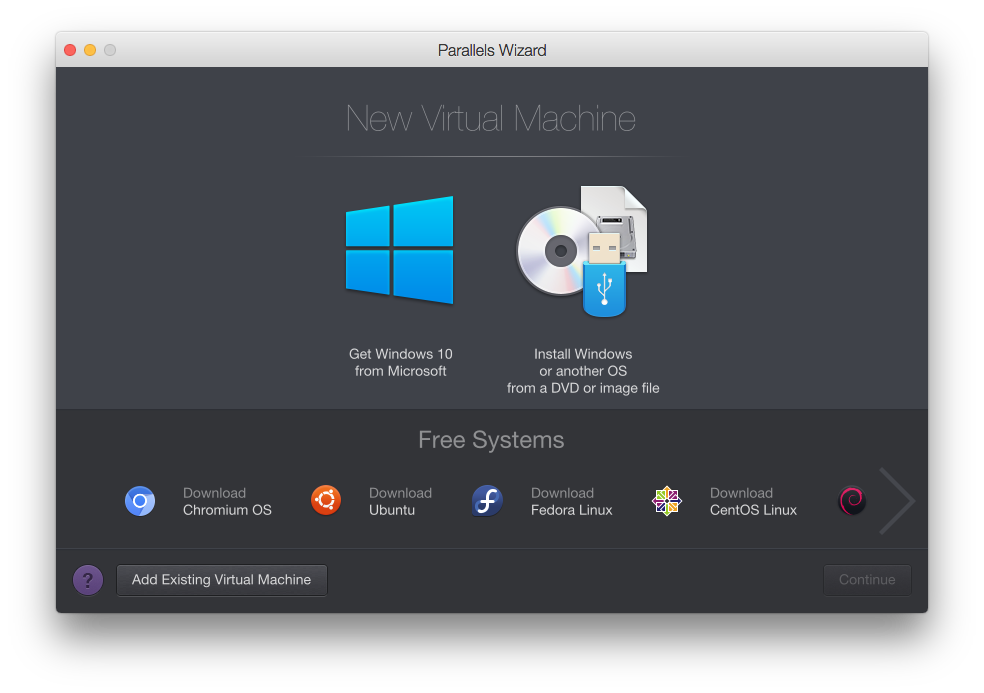
Note: All screenshots and procedures are based on the RC version of Windows 7, and the beta version of Virtual PC. To find out if your PC is virtualization capable, please visit the Windows Virtual PC support page: Important: To run Windows Virtual PC (and with it, XPM), your computer has to have the Intel VT or AMD-V features enabled in the BIOS.

If you want to run any 64-bit virtual machine you’ll need to either install Windows Server 2008 + Hyper-V, or use a 3rd-party virtualization program such as VMware Workstation or Sun Virtual Box (free). Unfortunately, Virtual PC only supports 32-bit virtual machines.

Easy setup of Windows XP Mode – Once both the Windows Virtual PC and the virtual Windows XP environment are installed, Windows Virtual PC provides a simple wizard to set up Windows XP Mode with just a few clicks.Some of the new features of Virtual PC include: Finally, Microsoft is adding many features that are already long present in 3rd-party virtualization software like VMware Workstation and Sun Virtual Box. The list of features for the new version is impressive when compared to the old Virtual PC 2007 version (which had none of these). Windows Virtual PC is a feature of Windows 7 Professional, Windows 7 Ultimate, and Windows 7 Enterprise, that allows you to run multiple Windows environments such as Windows XP Mode from your Windows 7 desktop.


 0 kommentar(er)
0 kommentar(er)
